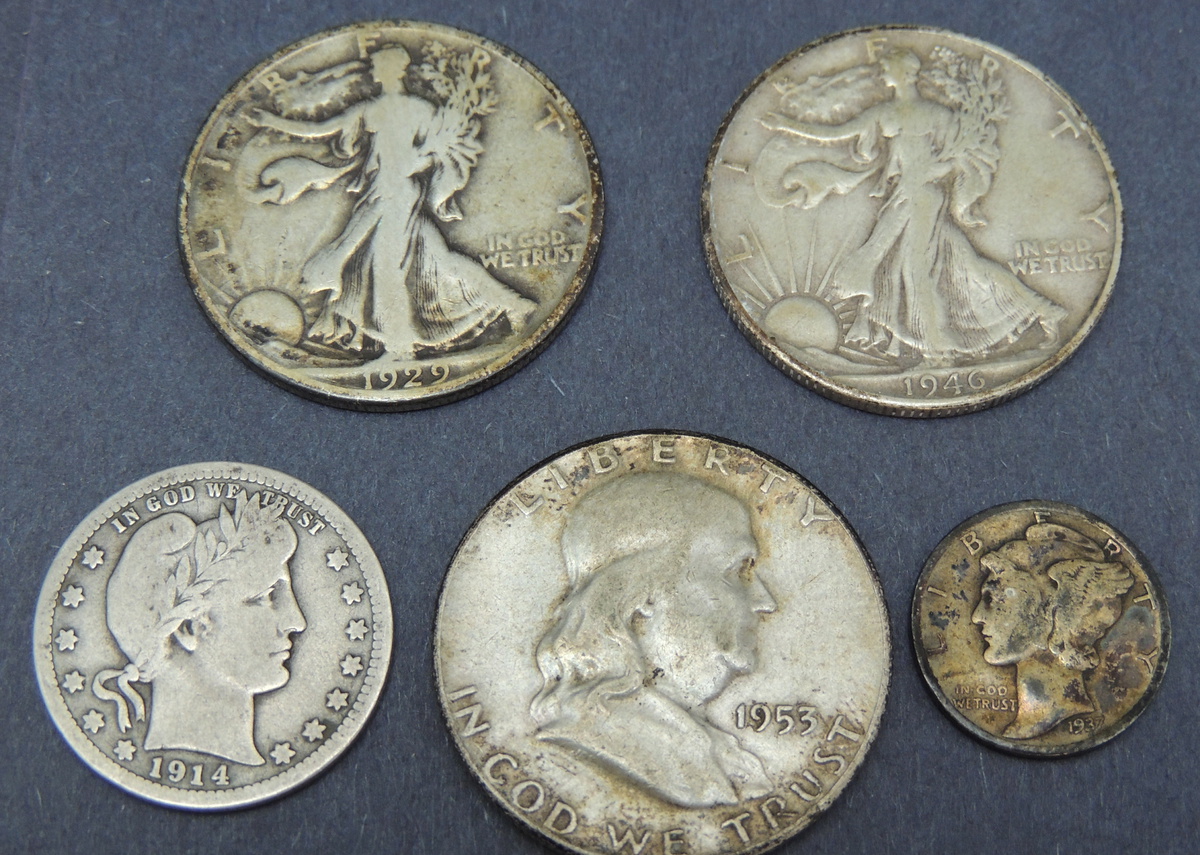


The price of silver is notoriously volatile compared to that of gold because of the smaller market, lower market liquidity and demand fluctuations between industrial and store of value uses. The price of silver is driven by speculation and supply and demand, like most commodities. The spike in 1980 reflects the events of Silver Thursday. Price The price of silver from 1792 to 2005. However, "junk silver" coins, which were originally minted for circulation, can still be found in circulation, albeit rarely, and are common targets in the practice of coin roll hunting. While these bullion coins are legal tender, they are rarely accepted by shops. Millions of Canadian Silver Maple Leaf coins and American Silver Eagle coins are purchased as investments each year. In 2011, the global silver reserves amounted to 530,000 tonnes. In 2009, the main demand for silver was for industrial applications (40%), jewellery, bullion coins, and exchange-traded products. Some countries mint bullion and collector coins, however, such as the American Silver Eagle with nominal face values. It has been regarded as a form of money and store of value for more than 4,000 years, although it lost its role as legal tender in developed countries when the use of the silver standard came to an end in 1935.

Silver may be used as an investment like other precious metals. Precious metal as a store of value Various examples of American coins used as silver investments, including pre-1964 circulating silver coins and American Silver Eagle bullion coins


 0 kommentar(er)
0 kommentar(er)
